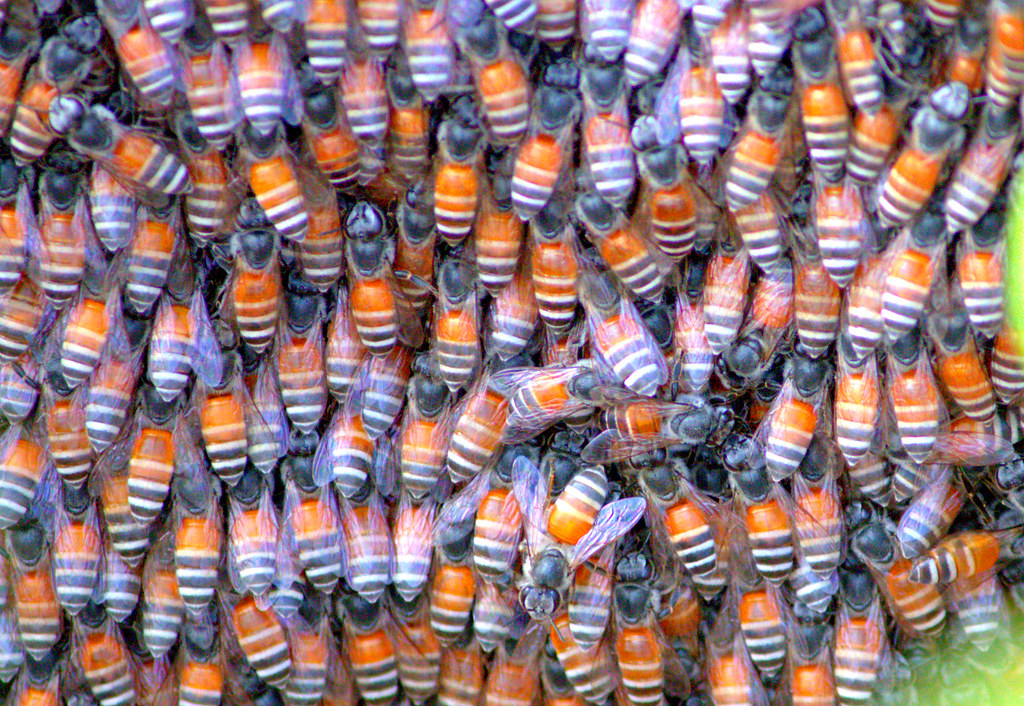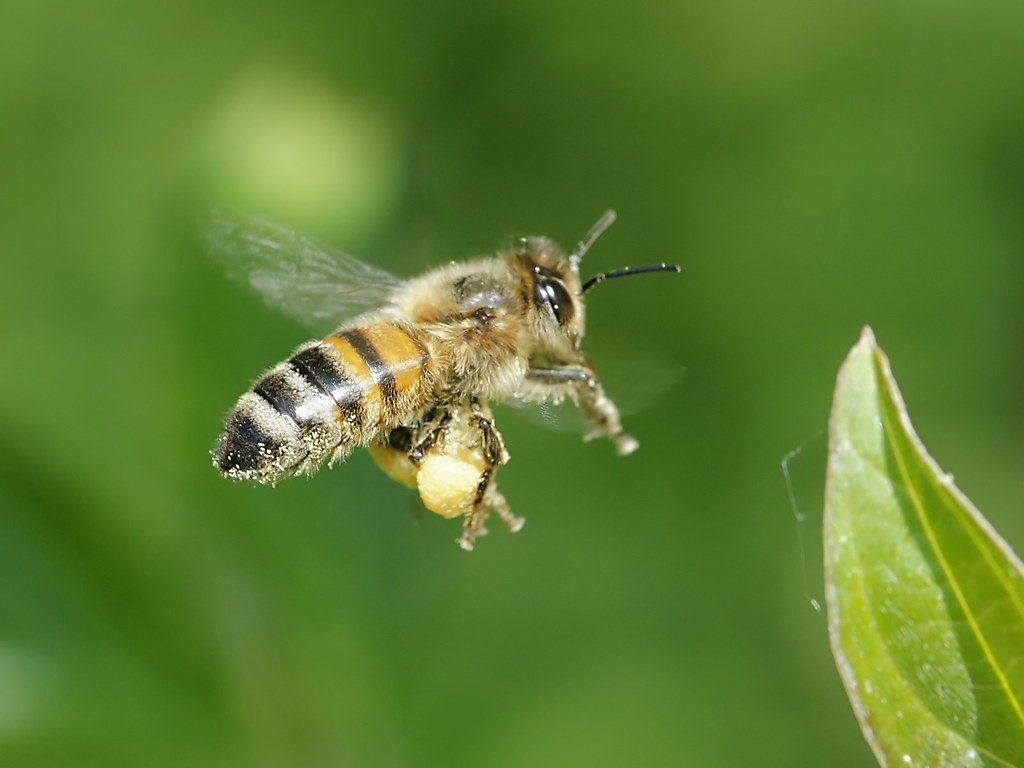
Introduction
Have you ever wondered how many honey bees are found in the world? Most people are familiar with what a honey bee looks like. A floating yellow and black fuzzball doing the all-important work of pollination. However, you might be surprised there is more than one species of “true” honey bee in the world. In fact, there are at least nine currently recognized species on this planet. Obviously, “true” honey bees produce honey from ripened nectar and enzymes, then store it in wax cells. These species are all found in the genus Apis, in the family Apidae. Furthermore, taxonomists divide the genus Apis into three subgenera: Micrapis, Megapis, and Apis.
Small but mighty
The subgenus, Micrapis, is home to the dwarf honey bees. This group contains two diminutive species: Apis florea and Apis andreniformis. You can find these miniature honey bees primarily in tropical South East Asia, though A. florea has been introduced outside of its natural range. Additionally, Bees in the subgenus Micrapis create open, single comb nests usually attached to branches or twigs.
Large and in charge

Next , the giant honey bees are in the subgenus Megapis. These honey bees are large, up 3.3cm! Megapis contains two species, Apis dorsata and Apis laboriosa. South East Asia is the area where you can find A. dorsata. Unfortunately, this honey bee is reported to be one of the most defensive species of honey bee in the world. Interestingly, they are not only big but they are bad! Coincidentally, the giant honey bees build their colonies in cliffs and rock faces along the Himalayan Mountain range at high altitudes. Bees in this group produce large, single comb, exposed colonies oftentimes in large colony groups.
Fortress finders

Finally, the last subgenus, Apis, is the most diverse group of honey bees. Interestingly, Apis species are “cavity nesters” meaning they make their homes in enclosed, protected areas like tree hollows. There are five species of honey bee in this group including the well-known Western honey bee, Apis mellifera. Other members of this subgenus include Apis cerana, Apis nigrocincta, Apis nuluensis, and Apis koschevnikovi. Most members of Apis have small ranges restricted to tropical SE Asia. The Asian honey bee (A. cerana) and the Western honey bee (A. mellifera) are exceptions to this restriction. These two species show an outstanding ability to thermoregulate their colonies enabling them to survive in cooler climates year-round.
Need more information?
Mack Lessig composed this article. He is our Community Gardens Program Coordinator for Manatee County, Agriculture and Extension Services Division in partnership with the University of Florida/IFAS. 941-722-4524 or MLessig@ufl.edu
We have a plant diagnostic clinic open to the public on Monday, Tuesday, Thursday, and Friday from 9:00 am to 4:00 pm. Bring us your landscaping and gardening issues.
If you want to keep honey bees in your backyard or commercially, reach out to Lisa Hickey, Interim Director and Sustainable Food Systems Extension Agent. I address honey bee questions during swarm season or otherwise. Lisa.Hickey@ufl.edu Same office number.
Resources:
Black dwarf honey bee information
Himalayan Giant Honey Bee informatiun
 3
3
